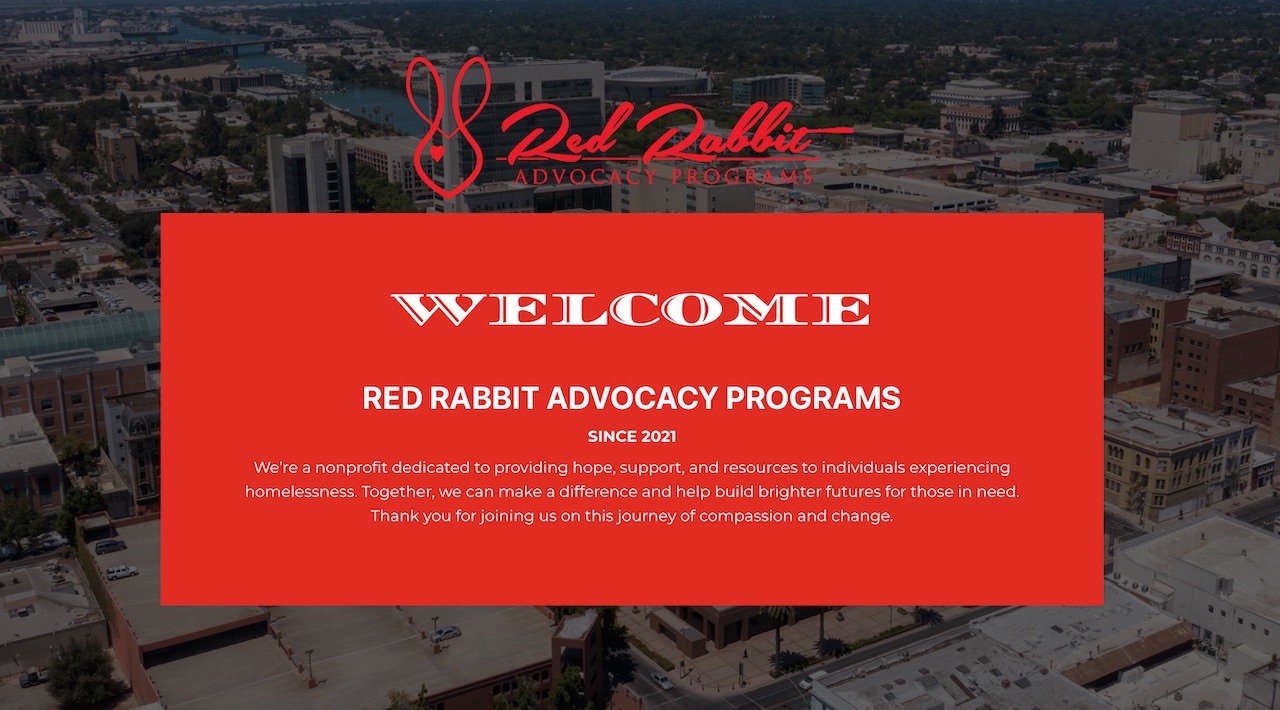12 Tricks Stores Use To Make You Spend More Money
By learning and understanding these psychological tactics, you can become more aware of the subtle ways companies influence your spending habits and make more informed decisions.

The sneaky world of marketing psychology—
Corporations have mastered the art of separating you from your hard-earned money, often in ways you don’t even notice. Let’s lift the curtain on some dirty tricks companies use to make you spend more:
1. The Illusion of Discounts
Ever seen a store jack up the “original price” only to slap on a “50% off” sticker? That’s called price anchoring. They make you think you’re getting a steal when, in reality, the item was never worth the inflated original price.
-
Why It Works: Anchoring makes the discount feel like a rare opportunity, triggering FOMO (fear of missing out).
2. Ending Prices in .99 or .97
You’re far more likely to buy something for $19.99 than $20.00, even though the difference is a penny. This pricing trick, called charm pricing, fools your brain into thinking it’s a bargain.
-
The Psychology: Your brain focuses on the first number, ignoring the fact that it’s basically the same cost.
3. Tricky Store Layouts
Supermarkets are masters at this game. Essentials like milk and bread are often placed at the back of the store, forcing you to walk past endless aisles of temptation.
-
Bonus Dirty Trick: Eye-level shelves are reserved for expensive or high-margin items. Cheaper options? They’re hidden on the lowest or highest shelves.
4. Limited-Time Offers
“Buy now! Offer ends at midnight!” Scarcity is one of the oldest tricks in the book. Companies create urgency to make you think you’ll miss out if you don’t act fast.
-
Why It Works: Your brain perceives the deal as rare and irresistible, even if the same sale pops up every week.
5. The Decoy Effect
Ever been upsold to a larger size just because it feels like a better value? That’s the decoy effect. Companies present a middle option that makes the higher-priced item seem like a bargain.
-
Example: Small popcorn for $5, medium for $7, or large for $8. Most people will choose large because it feels like a better deal, even if they didn’t need that much popcorn in the first place.
6. Subscription Traps
Companies love locking you into subscriptions with free trials and “easy-to-cancel” policies—which turn out to be anything but. Many people forget to cancel, and that’s exactly the plan.
-
The Fine Print: They bank on inertia—once you’re subscribed, you’ll keep paying simply because it’s too much hassle to stop.
7. Loyalty Programs that Aren’t That Loyal
Reward points sound great, but they often encourage you to spend more to “save” money. These programs are designed to keep you tied to one brand, even if you’d find better deals elsewhere.
-
Catch: Many points expire if you don’t use them, forcing you to redeem them by making more purchases.
8. Free Shipping Minimums
“Spend $50 for free shipping!” They dangle free shipping like a carrot, nudging you to buy unnecessary items just to avoid the extra $5 shipping charge.
-
Why It’s Clever: You end up spending more than you intended, all for the illusion of saving.
9. Emotional Advertising
Think ads don’t work on you? Think again. Companies use emotional hooks—cute babies, heartwarming stories, or trendy influencers—to make you feel attached to their brand.
-
Fun Fact: You’re not just buying a product; you’re buying the emotions the ad made you feel.
10. Strategic Color Psychology
Ever noticed how red and yellow dominate fast-food branding? That’s because those colors are proven to stimulate hunger and urgency. Stores also use calming blues to make you linger longer or green to suggest eco-friendliness.
-
The Hidden Influence: Colors manipulate your mood without you even realizing it.
11. Sneaky Product Placement
Companies pay big bucks to sneak their products into TV shows, movies, or social media posts—because they know you’re more likely to trust what your favorite characters or influencers “use.”
-
Example: You think James Bond just happens to drink Heineken now? Nope, that’s a strategic deal.
12. Overloading with Options
Paradoxically, too many choices can overwhelm you and lead you to pick the pricier, more popular option just to end the decision-making process.
-
Why It Works: Companies guide you toward the item they want you to buy by presenting a bewildering array of alternatives.
Knowledge is power! Understanding these tactics is the first step to outsmarting them. Next time you’re shopping, take a pause, think critically, and remember: their ultimate goal isn’t to help you save—it’s to get you to spend. Happy outsmarting!
What's Your Reaction?
 Like
1
Like
1
 Dislike
0
Dislike
0
 Love
0
Love
0
 Funny
0
Funny
0
 Angry
0
Angry
0
 Sad
0
Sad
0
 Wow
0
Wow
0
































